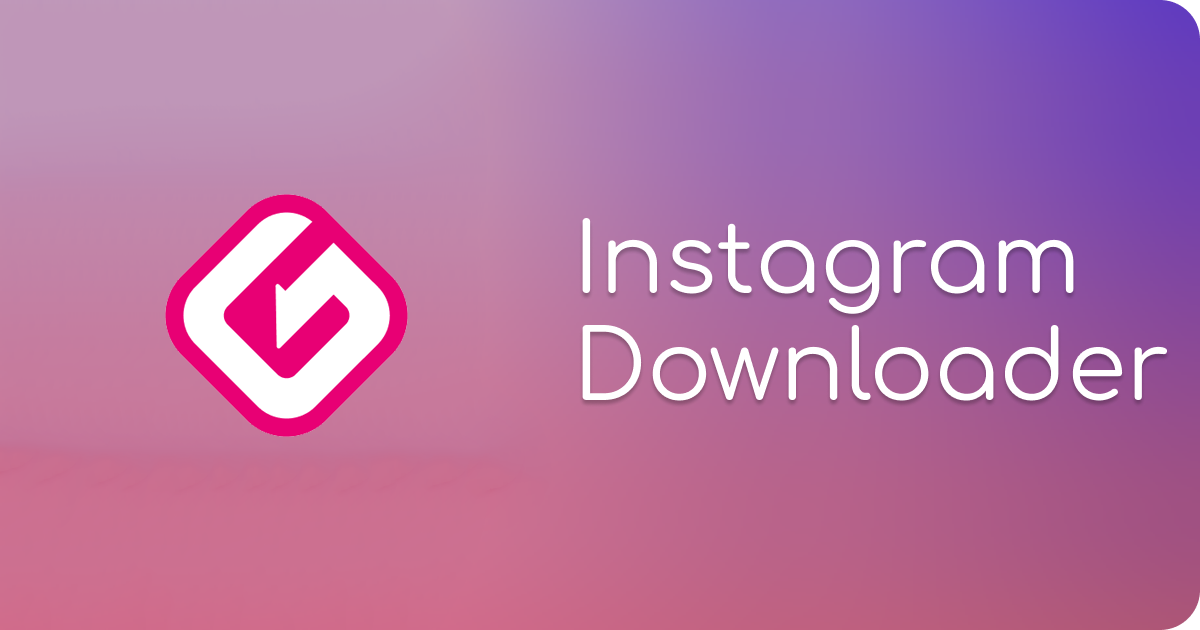
SaaS Procurement Guide For IT Leaders: Designing for Competitive Advantage
Software as a Service (SaaS) is a rapidly expanding cloud industry, growing at an annual rate of 18 percent. SaaS procurement is the process of selecting the right SaaS solution providers who provide compliant and secure solutions, evaluating them to ensure compliance, and implementing them in the organization. Choosing a SaaS vendor for your company can be difficult, especially if you have never done so before. With the constantly developing industry, IT leaders should adopt new methods for the procurement of their projects. We will explain the modern procurement process to reduce your SaaS budget and increase the efficiency of your SaaS operation.
Existing SaaS Procurement process
The SaaS procurement process is a very complex and tedious procedure that has to go through 7 steps, including SaaS operations ranging from requirement gathering to financial documentation of the payments and delivery.
The Step-By-Step Guide To The Traditional Procurement Process Is As Follows:
- Requirements gathering: The SaaS procurement process begins with gathering the project’s hardware and software requirements. It starts with the department or employee submitting a request to the IT/Procurement department.
- Verification: The SaaS procurementdepartment receives the request and takes a look at the same for verification or acceptance of the request.
- Demo and PoC: A mutual non-disclosure agreement (NDA) is signed between the vendors to protect the information being leaked. It protects the confidential information that needs to be shared between two parties. Thereafter, the sharing of information takes place to set up the proof of concept (PoC)
- Budget approval: The SaaS budgetis crucial to the ongoing procurement process because the overall budget must meet the organization’s profit. The budget approval request is submitted to the finance department, and if approved, vendors are shortlisted and asked for quotes.
- Agreement Negotiation: The legal department looks at the whole agreement and finds if any legal issues can be raised due to the contract. The agreement negotiation is vital for the data privacy and security of the organization. It helps to avoid dealing with the vendors who operate in unfriendly regulatory environments that can increase non-compliance risks. Following legal approval, a software solution provider is opted for, and a purchase order is created and sent to the finance department for approval.
- Contract finalization: After the complete negotiation contract is finalized, the vendor and the organization hold mutual discussions. The vendor then offers the required software to the organization.
Problems With The Traditional Saas Procurement Procedure
When you look at the above procedure, you can see how time-consuming and tedious it can be. It necessitates constant and real-time collaboration among business owners, finance, procurement, and legal departments, and there are far too many emails that must be sent. You may need to have your employees fill out forms, scan them, and then send them to the appropriate departments. Minor errors in any SaaS operation can render this process inefficient. As a result, rather than performing the SaaS on your own, it is best to contact SaaS usage management platforms such as Spenza to save money and speed up the process.
Benefits of Saas Management Platforms
Despite its benefits, SaaS poses financial, security, and compliance risks to businesses. Provisioning and revoking access to SaaS apps to employees during hiring and training, and redeployment, or when their role changes, is a time-consuming task for IT teams. As of now, you are aware of the problems that you can face while performing the SaaS procurement by yourself. The best solution to avoid these problems and get the best software for your company is the SaaS management platforms that would help you find the best application for your purpose.
With a curated list of SaaS applications in the Spenza marketplace, you get apps that work well together, are compliant with the data privacy and security requirements, and have bundled pricing wherein you pay for what you use. So no need to worry about integrating for operations management, moving data and users from one app to another, or negotiating custom pricing or deals without knowing the usage/user behavior.
Spenza performs periodic audits of the marketplace apps to ensure compliance with privacy and data security standards. This enables you to focus on organization-specific regulatory risks.
It will also save you money, and you can accomplish your tasks within the SaaS budget. They will help you reduce the security risks and maximize your benefits. SaaS management tools also look after the SaaS license and prevent you from choosing the wrong software for your organization. These tools help with cloud-based software purchasing, licensing, onboarding, and renewal management. A SaaS management platform for enterprises will also reduce security risks and increase returns on SaaS spending throughout their lifecycle.
Why Choose Spenza for your Saas Needs?
Spenza is a SaaS discovery, management, and optimization platform for IT in midsize to enterprise businesses. It provides app discovery by having a marketplace with over 300 SaaS apps. It reduces work for IT teams by allowing automation. Spenza optimizes SaaS spending with AI spend optimization recommendations, bundled pricing, and offloading of unused subscriptions.
It enables you to track your SaaS license and invoice on a single platform. It allows you to deploy your application to the cloud with just a click. Spenza provides you with ready-to-use and custom automation to reduce your time for performing repetitive tasks. It auto-generates important reports as per the requirement of the organization.
Conclusion
SaaS and other cloud-based applications are being accepted at an increasing rate, whether from the top down or the bottom up. IT and procurement must enclose performance measures and strategic planning around cloud-based software during your company’s digital transformation to boost their strategic significance. Performing the SaaS procurement by yourself can put you behind many companies, and so it is always advisable to prefer a SaaS management solutions provider for handling your applications.







